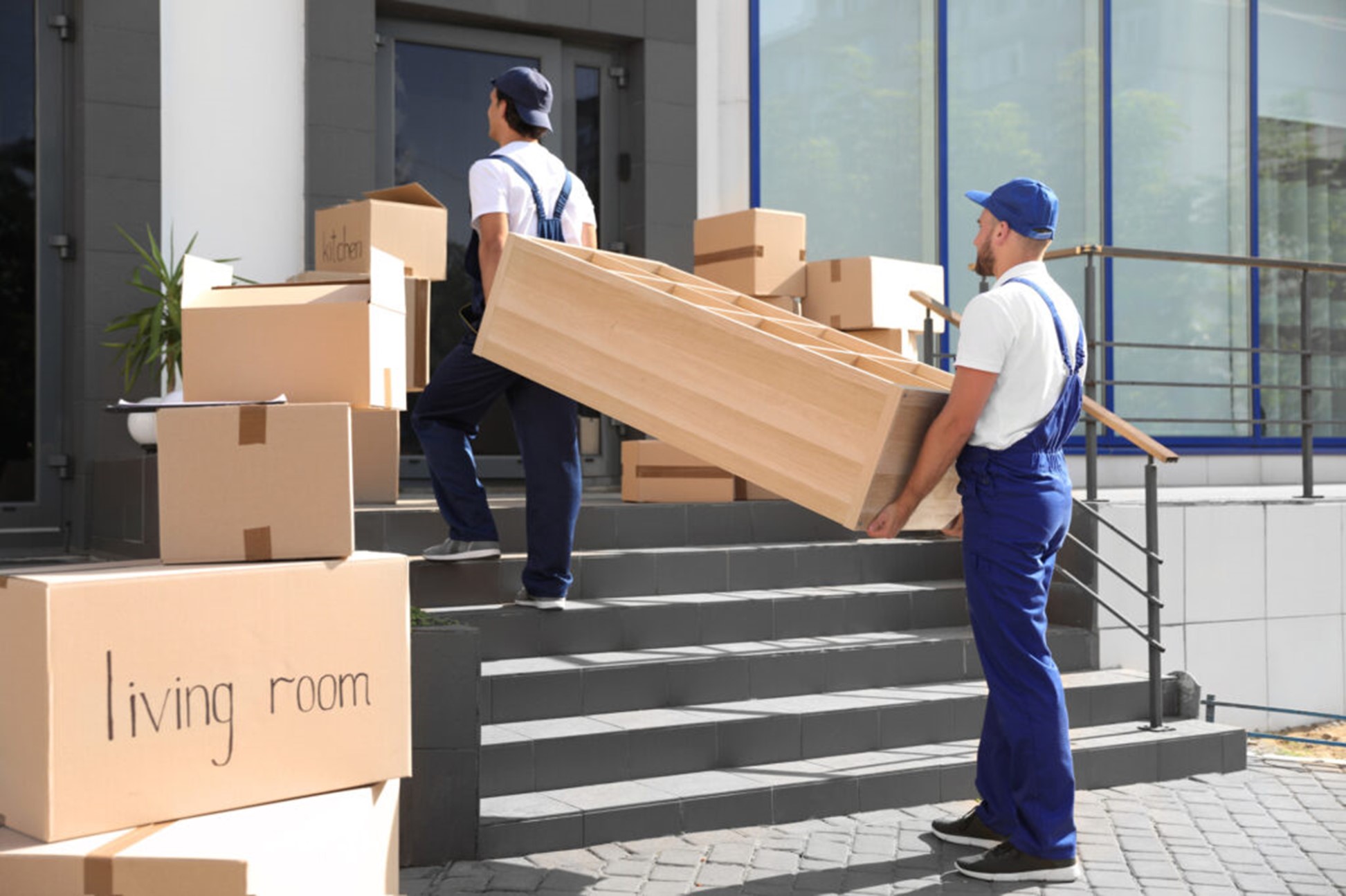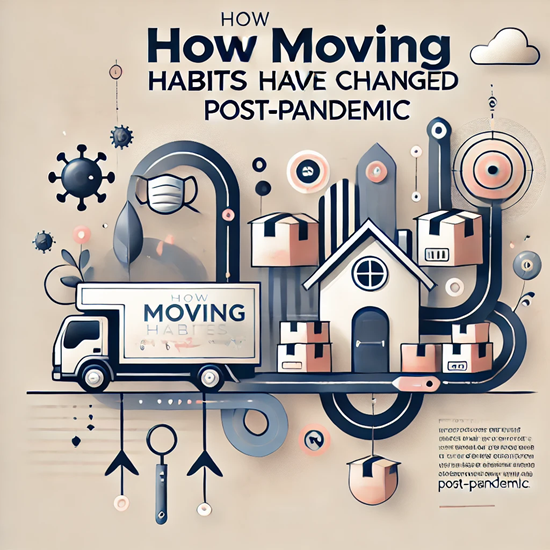
Published on 07/01/2024
Published on 07/01/2024
Moving can be expensive, especially if you own a home that needs to be sold or if you need to relocate to take up a new job. But moving doesn’t have to break the bank. There are many ways in which you can save money on your move. Here are five ways to help you manage the costs of your move.
Before you begin moving all your items, it can help you understand where your money will go and how much you need to budget for your move. This will help you to make an informed decision about where to move. When you plan your move, you can save money on the cost of your van, petrol, and insurance by using a non-commercial vehicle. This can help you move your items without using a large van, which can be more expensive to rent. It can also help keep your costs down if you move smaller items. Furthermore, it lets you put things in order so you don’t forget important things, such as insurance details or where you keep important documents. Planning your move also makes it easier to coordinate with friends and family to ask for help when you need it the most.
It’s important to choose the right van for your needs. Choose a van that is the right size for your items, but also be mindful of the load size. By load size, we mean the maximum weight of your items. If you’re moving a small number of items, such as a single item of furniture, then a small van may be an option. But if you are moving several items that would traditionally be moved using a truck, then a small van may not be the best option. There are other factors to consider when choosing the right van for your needs. These include the fuel efficiency of the van, the insurance policies available with the van provider, and any specific requirements for loading and unloading the van.
Every time you move, it’s important to keep an inventory list of your items as this will help you keep track of them. You’ll also want to write down the details of the items, including the make, model, color, and condition of anything you are selling and the relevant information about the items, such as the size, weight, and dimensions. You’ll also need to keep track of the moving costs associated with the move, such as the van rental costs, the costs of the truck, petrol costs and so on. If you’re moving long-distance, you’ll want to keep track of the costs of moving your home. By keeping an accurate inventory list, you can help to save money on all the moving costs.
While you don’t have to buy everything you list on your packing list, it does help to save time and money if you do. Packing lists are great for helping to organize your moving items. Additionally, it’s a great way to keep track of what you’re bringing with you and what you’re buying while you’re out. This can help keep you organized so that you don’t forget important items, and it can save you money since you won’t have to purchase items listed on the packing list. A packing list is also a great way to keep track of your moving costs since you can track how much you spend on each item as you shop. If you’re moving long distances and have access to the internet, it’s a great way to keep track of your moving costs.
There are many online tools that you can use before you move to help you save money on your move. These are great since you can see an estimated cost for all of your items and an estimated timeline for the move. This can help keep you organized and on track and save time since you won’t have to search for items, mark them down, and cross them off on a list. These tools can also help keep track of your moving costs since they can help you estimate how much each item costs you. This can help to keep you on track and budget so that you don’t go over budget.
Moving can be expensive, especially if you own a home that needs to be sold or if you need to relocate to take up a new job. But moving doesn’t have to break the bank. There are many ways to save money on your move by managing moving costs. This includes using a non-commercial vehicle, keeping an accurate inventory list of your items, and shopping for essentials on a packing list.
 Top 10 Challenges During a Move and How to Overcome Them
Top 10 Challenges During a Move and How to Overcome Them
Discover top moving challenges and learn practical tips to overcome moving obstacles. Moving tips and solutions for a stress-free move.
Read more The State of the Moving Industry: Trends and Predictions for 2024
The State of the Moving Industry: Trends and Predictions for 2024
Stay ahead of the curve in the moving industry, find out about the latest trends, emerging technologies, and predictions for moving in 2024.
Read more How Moving Habits Have Changed Post-Pandemic
How Moving Habits Have Changed Post-Pandemic
Explore how moving habits have changed post-pandemic, with insights on moving trends after COVID-19. Discover the shifts in moving post-pandemic as remote work and lifestyle choices reshape the industry.
Read more